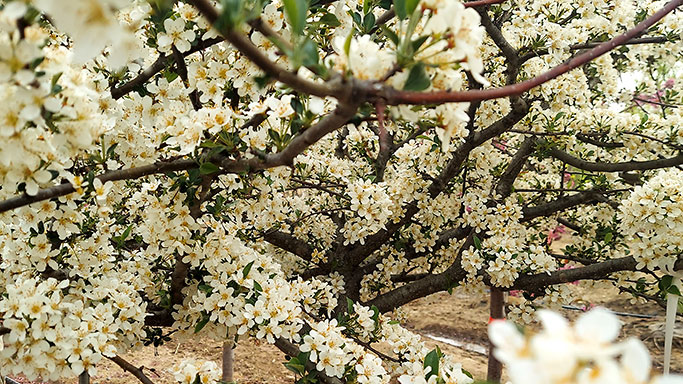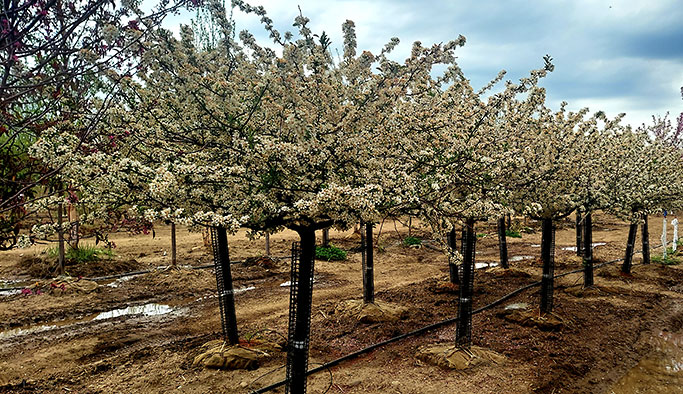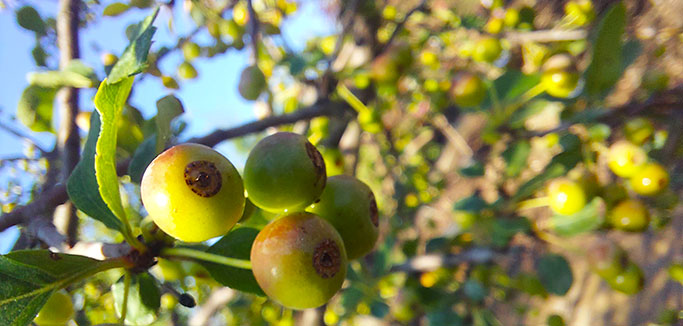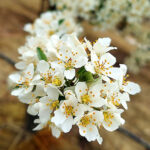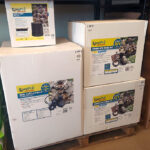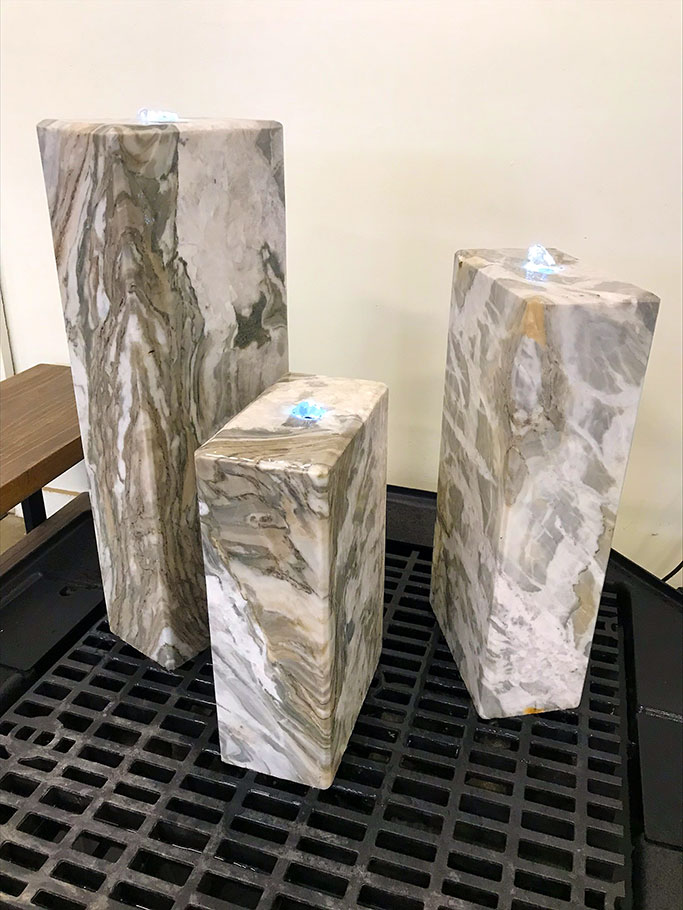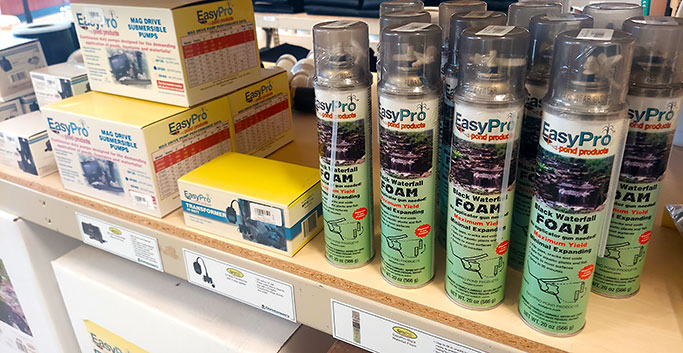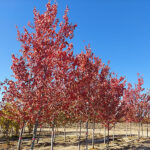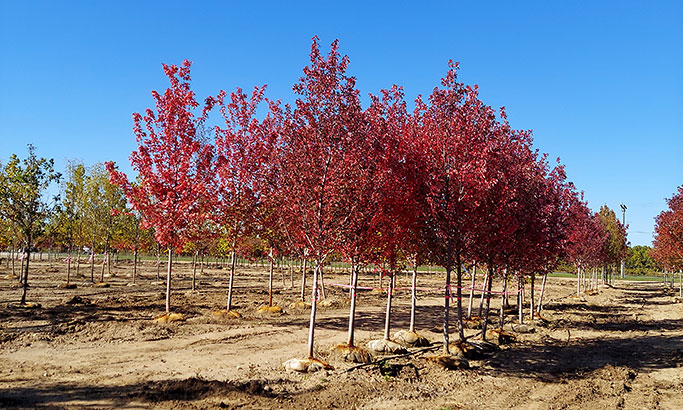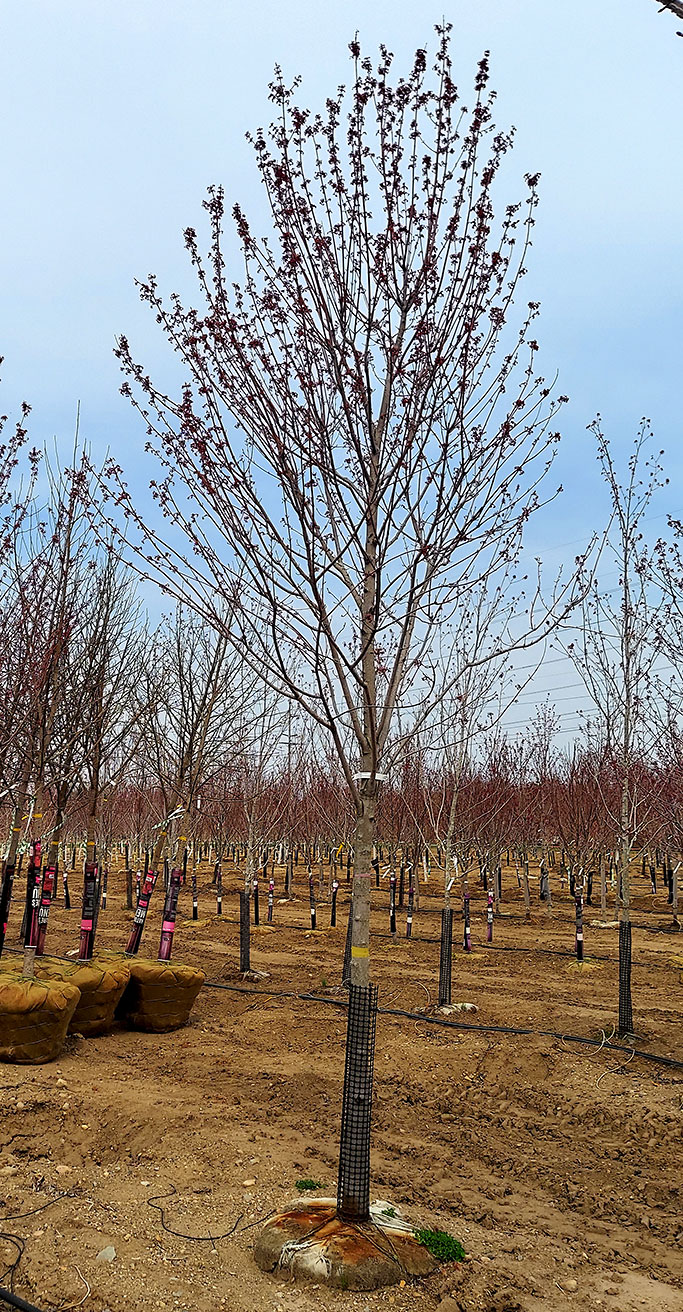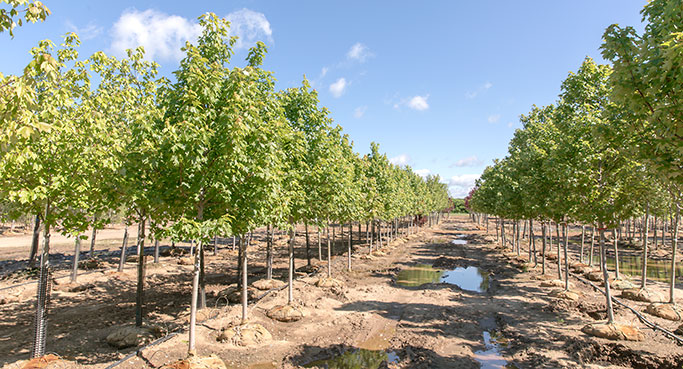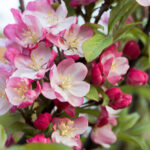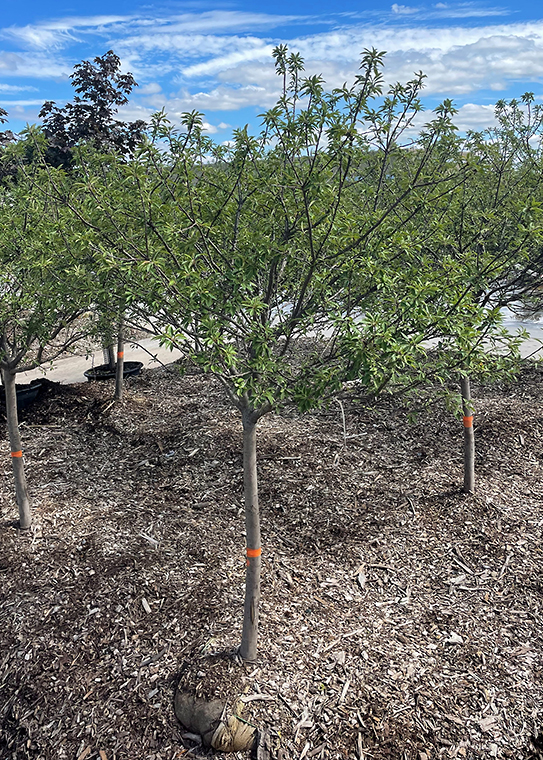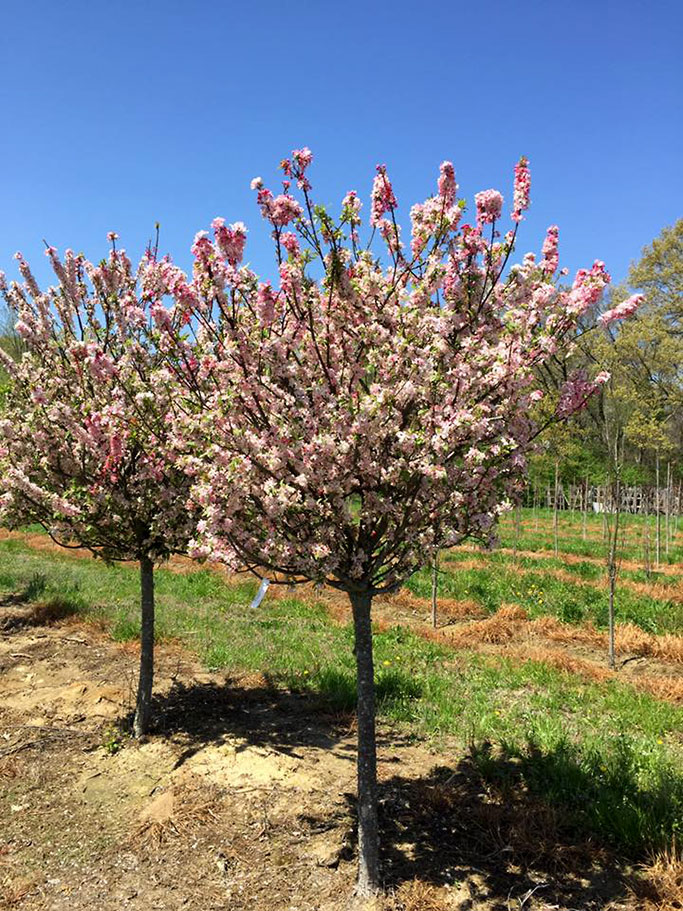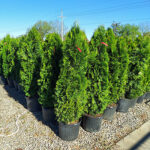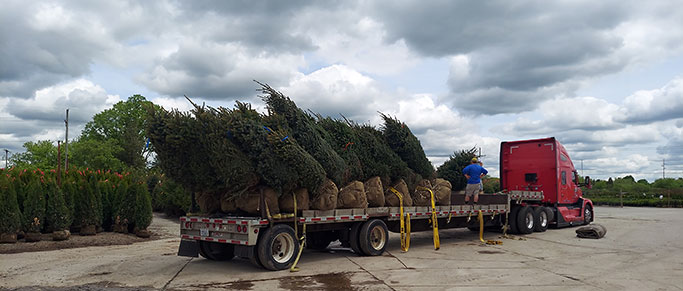Walking around Christensen’s this spring you may notice a few distinct differences from previous years. You may see our new signs or the new machines at the hardscape center. However, the difference I am talking about is nothing new at all, it is nothing. The most obvious change for many of us is the half-empty field and the lack of towering evergreens waiting in our yard. As our investor for Deciduous, Ornamental, and Evergreen Trees I have been looking across the country for this material and the simple answer is that it just does not exist in many cases.
Arborvitae are experiencing an exceptionally brutal year on the east and west coast. After severe drought hit the west coast last spring and summer fires started burning across Oregon. We were being sent images of entire fields turned brown due to a lack of rain in what is historically one of the wettest regions in the country. Further east in Tennessee certain varieties of arborvitae have been hit by a yet to be identified disease. Paired with the unusually wet spring they have experienced and high demand these plants are not as readily available in large sizes (7-8’) as they once were. We have been buying up as much as we can stock due to the unpredictability of this crop. Currently, we are overstocked in 4-5-6’ Emerald Green and have placed them on sale, but it’s hard to say what will continue to happen throughout this season with this genus.
Red Flowering Cherokee Dogwood are experiencing a similar issue. These trees are particularly susceptible to damage from excessive water, but also fungus and mold which thrive in wet conditions. Tennessee’s wet spring has resulted in crop failures and a lack of available material.
These droughts and diseases only account for a small part of the shortages, but they do contribute to the problem. As we’ve mentioned before, the real disease behind the shortage is the pandemic we have all been living through. In addition to the increased desire to landscape, everyone sitting at home also pointed us towards a recession which was combated with a huge drop in interest rates. This created a boom in the housing market. Now demand for plants was not only surging for renovation but also for new housing developments.
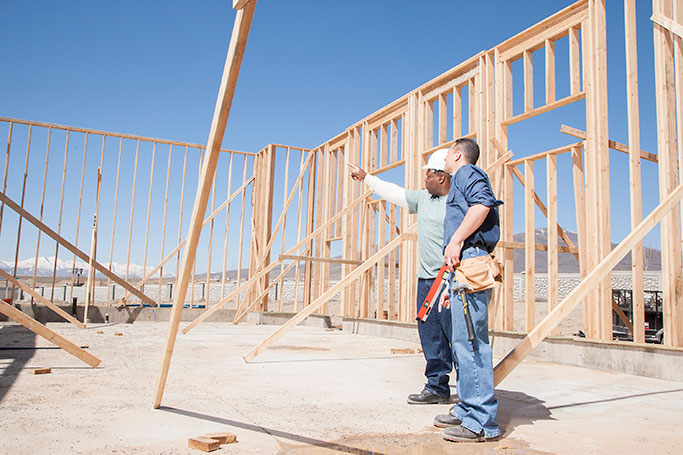
This new housing boom is the largest our country has seen since well before the market crashed in 2008. As we mentioned in Eric’s article, Bring On Spring, trees take 5-10 years to size up, and 5-10 years ago we were on the back end of a huge recession. Due to financial difficulties, planting heavily to plan for the next demand surge was not an option. Pulling ahead on smaller and smaller crops starting in 2020 caused size shortages. This “overselling” is most obvious with evergreens, most large sizes are not available because they have all been sold as smaller trees in previous years.
So here we are in 2022, available product on many popular varieties is down to 6’ and 2” trees. As long as demand stays high, and everyone keeps selling, the next year’s available material will be smaller and smaller. And while the economy is slowing down, historically, an increase in fuel prices drives down vacations and increases investments in homes for “staycations.” If fuel costs stay high, we may be looking at yet another season of homeowners pouring financial resources into their landscapes.
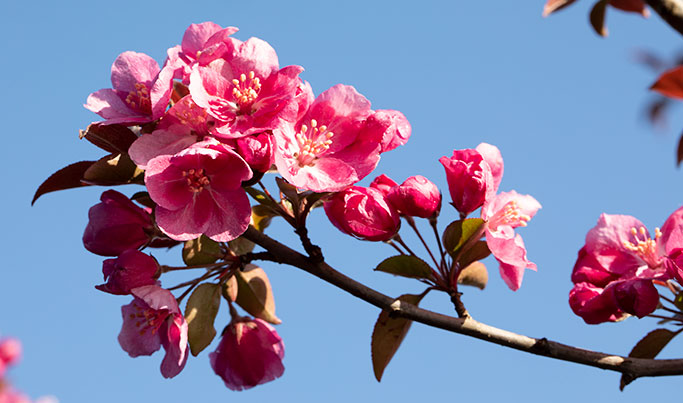
Malus 'Cardinal' Crabapple
Unfortunately, there are no real substitutes for pine, spruce, and arborvitae but there are some options. While larger sizes of popular varieties such as Emerald Green and Green Giant Arborvitae are harder to come by, similar varieties can be easier to find. We have good quantities of Hetz Wintergreen Arborvitae available which work great as a narrow evergreen and for screening. If you can substitute smaller sizes, check out the Emerald Green Arborvitae sale (see Sticks & Stones e-mail). Crabapples or Pink Dogwoods work as a bright flowering substitute for red flowering Cherokee Dogwoods. Many growers we have spoken with have learned from this unprecedented situation the industry is in. They are planting as much as they can to try and keep up, but it could be 5 years before we see a full recovery.
We’ll continue to keep scouring our sources to keep you supplied with the best plant material as long as this landscaping boom keeps going.
